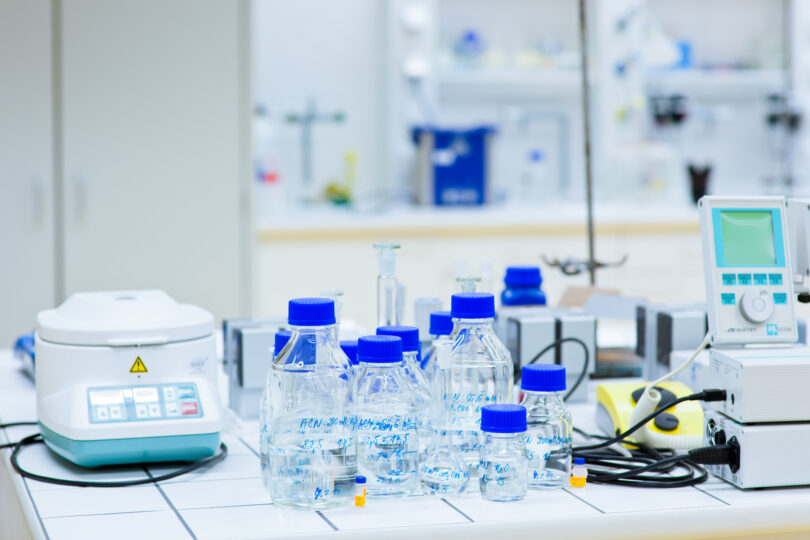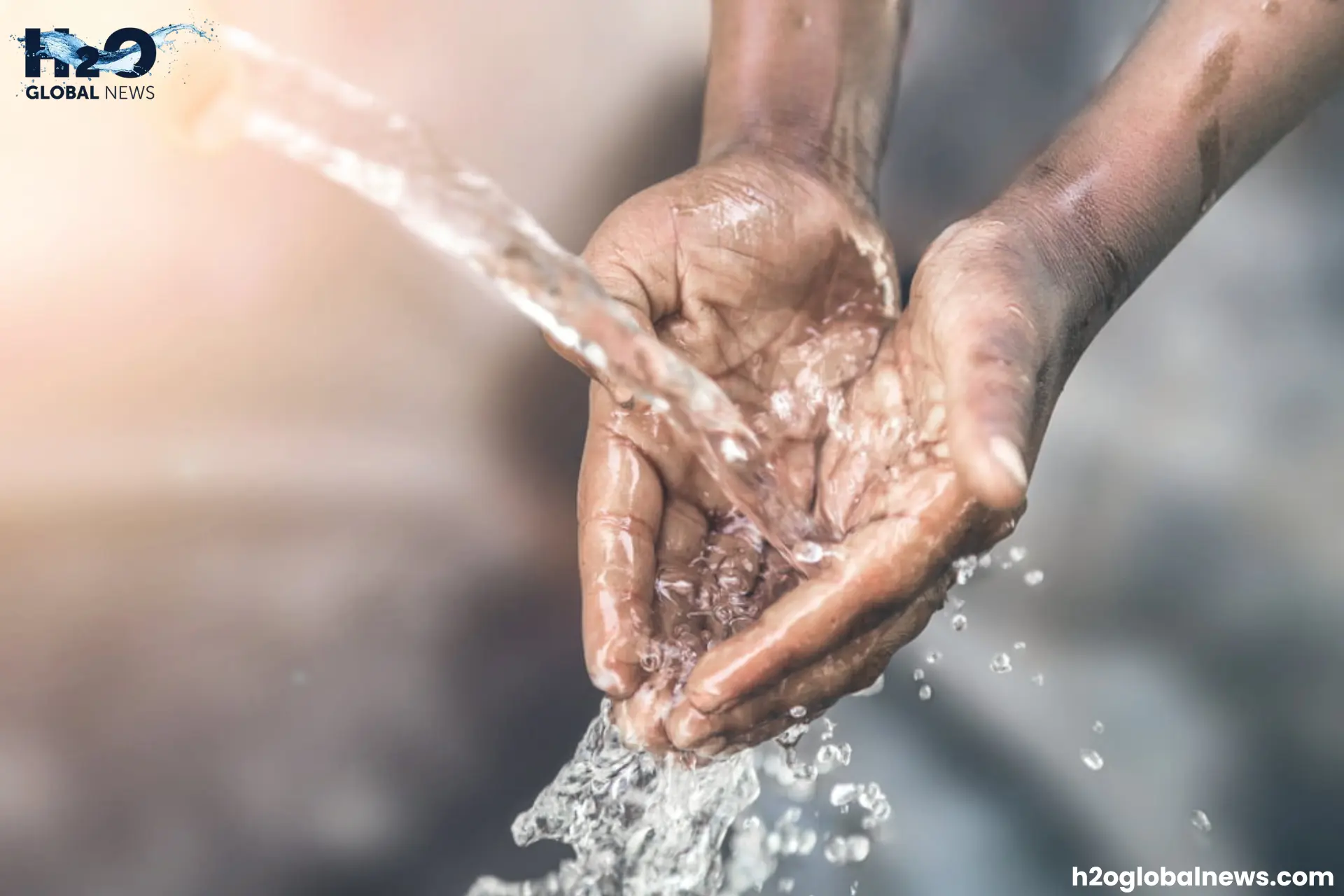Safe drinking water is necessary for our good health, but unfortunately, billions of people in the world still lack access to clean water. Water can be contaminated in different ways, like human and industrial waste, harmful chemicals or pathogens, etc. According to the WHO (World Health Organization), 1.8 billion people drink water that is contaminated with feces, which causes very serious health issues and millions of deaths yearly. It’s like a future with no freshwater.
There can be a lot of threats to drinking water, and this is due to a lack of proper water treatment and unhygienic water supplies. So, in this article, We’ll guide you about the main threats to drinking water, their causes, and the risks associated with polluted water to human health.
Major Threats to Drinking Water Quality
One of the biggest threats to drinking water quality is contamination, and it can come from different sources like natural processes, industrial wastes, or agricultural runoff. Now you should know that contaminants have two categories microbial and chemical.
Microbial contaminants means harmful bacteria, parasites, or viruses that enter our bodies and cause waterborne diseases like cholera and typhoid. On the other hand, chemical contaminants mean harmful substances like heavy metals, and the most common are lead and mercury, which cause cancer and developmental problems in children.
Industrial Water Pollution
Industrial waste is the major source of water pollution. Factories release their waste and toxic chemicals in the nearby rivers and oceans. These pollutants mix with the groundwater and contaminate our drinking water supplies. The United Nations estimates that 80% of the global wastewater is released back into the environment without the proper treatment and causes a serious threat to water quality.
Agricultural Runoff Pollution
Agriculture runoff is another major source of drinking water contamination. Farmers use different types of fertilizers and pesticides to increase the crop yields, but they mix in the rivers and oceans and increase the nitrogen and phosphorus levels of water. Excess levels of nitrates in drinking water are dangerous for infants because they cause methemoglobinemia, also known as “Blue Baby syndrome” (a condition in which blood’s ability to carry oxygen reduces).
Microbial Contamination
Microbial contamination also affects the water quality very badly. Different bacteria and microbes such as E.coli and Cryptosporidium enter the water supplies through the sewage leaks and waste disposal. When we drink this contaminated water, it can cause severe waterborne diseases, gastrointestinal infections, and hepatitis. According to WHO, over 500,000 people die every year due to diarrhea that is caused by drinking contaminated water.
Chemical Contamination
Harmful chemicals are very dangerous to the drinking water quality. These chemicals come from different ways, such as industrial and agricultural waste and even household products. Some heavy metals like lead, mercury, and arsenic can mix with the water supply and cause serious health issues. Lead from old pipes can cause slow brain development in children, while mercury and arsenic can lead to kidney damage and cancer. Also, the pharmaceutical waste is a major threat to drinking water, where medicines and personal care products enter water sources. Many water treatment systems cannot fully remove these substances, which can impact both human health and aquatic life.
Climate Change and Water Scarcity
Climate change is affecting the clean water very badly. The rising temperatures and long droughts are drying up the freshwater sources and leaving millions of people without reliable access to safe drinking water. Many countries are facing extreme water shortages and forcing their people to rely on unsafe water sources. In coastal areas, rising sea levels are causing saltwater to mix with freshwater, making it undrinkable.
Natural disasters like hurricanes and floods can contaminate water supplies by spreading sewage and pollutants. To solve the water scarcity, countries should focus on water conservation, improving infrastructure, and developing new sources like desalination and rainwater harvesting.
What Are the Effects of Drinking Polluted Water?
Drinking polluted water has various short-term and long-term effects on human health. These symptoms are more dangerous to the people who have a very weak immune system.
The short-term effects on human health are stomach pain, diarrhea, nausea, vomiting, and dehydration. On the other hand, long-term effects include kidney failure, liver damage, cancer, hormonal imbalance, cardiovascular disease, and neurological damage. The contaminated water affects not only humans but also the environment. It destroys the aquatic ecosystems, kills Fish and wildlife, and is unsafe for food security.
The Challenge of No Freshwater
In some areas, the problem is not just about contaminated water but also a lack of fresh water. This can be due to many reasons, such as climate change, overpopulation, and poor water management and, causing water scarcity. According to the United Nations, over 2.3 billion people live in countries that do not have enough water, and this number is expected to rise with time. If this doesn’t change, then we should be ready to see our future without freshwater and almost all people having waterborne diseases.
Conclusion
The threats to drinking water quality are various and complex and should be solved now. Solving these challenges requires a combination of better regulations, improved water treatment technologies, and greater public awareness. Our Governments, industries, and communities must work together to protect our water resources and make sure that everyone has access to safe and clean drinking water.
FAQs
1- What happens if there is no freshwater available?
A shortage of freshwater can lead to serious problems, including food shortages, economic instability, and widespread health issues. People may be forced to drink unsafe water, and this increases the risk of disease and malnutrition.
2- What problems arise from an uncontrolled water supply?
The uncontrolled water supply systems cause uneven distribution, contamination risks, water shortages, and poor sanitation. This can contribute to the spread of diseases and environmental degradation.
3- How can we ensure safe drinking water?
Ensuring safe drinking water requires improved water treatment, better regulations, reduced pollution, infrastructure upgrades, and increased awareness about conservation and contamination prevention.








